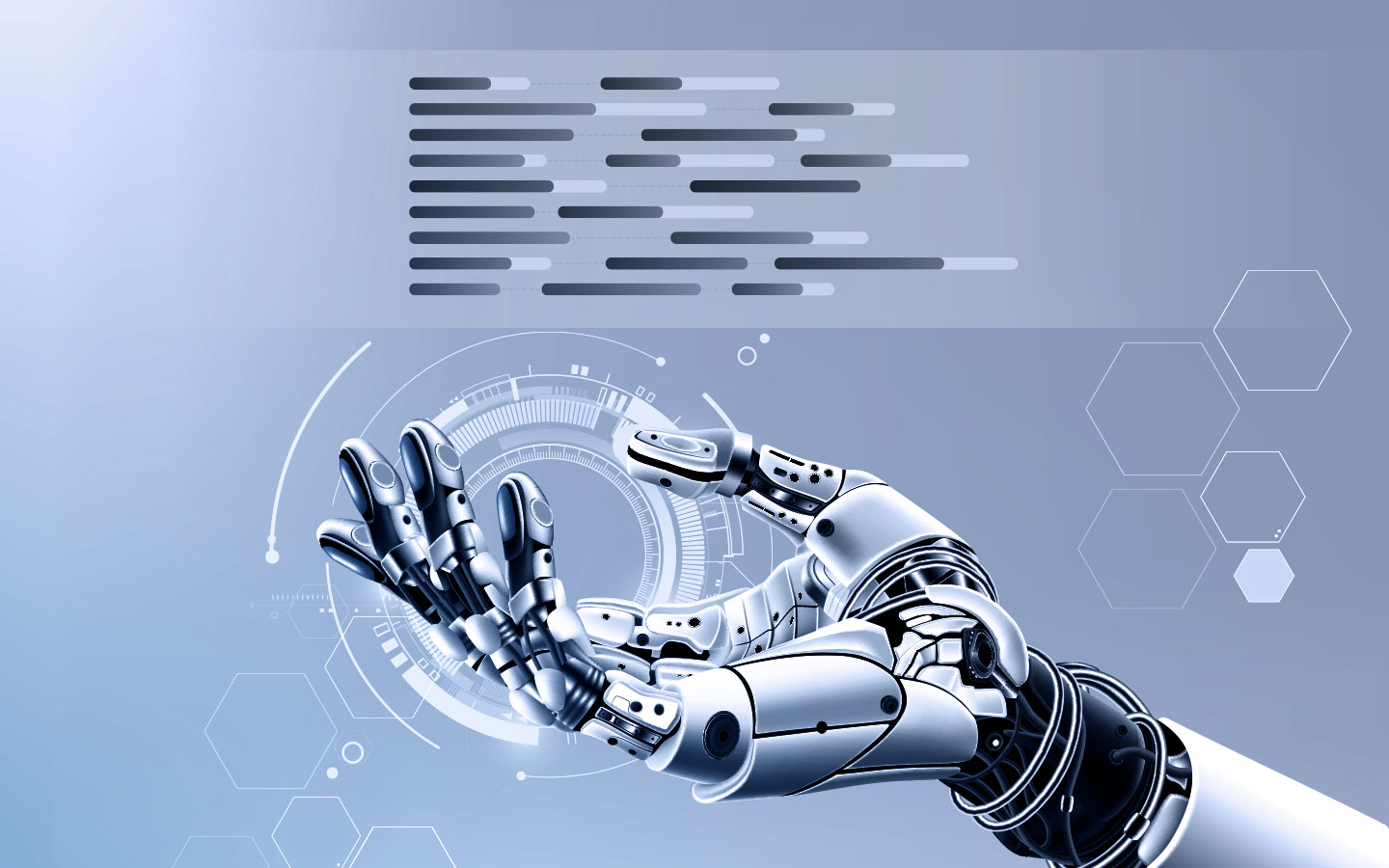In the world of manufacturing and production, the heartbeat of any successful operation lies in its scheduling. Production scheduling isn’t just about slapping tasks onto a calendar; it’s the art and science of efficiently planning and executing various stages of production to maximize output and minimize waste.
With the complexity of today’s production lines, traditional methods just don’t cut it anymore, that’s why the experts at QLECTOR have developed AI-driven production scheduling.
The future of production scheduling is here, and it’s powered by AI.
Leveraging AI for smarter scheduling
Imagine having the ability to predict the future. Sounds like a superhero power, right? Well, it’s not far from what advanced AI models offer in the context of production scheduling. These aren’t your average, run-of-the-mill software programs. They’re equipped with anomaly detection capabilities that can spot hiccups in production line setups, stock levels, and process realizations before they become full-blown problems.
Automated sequencing and optimization take this a step further by not just anticipating problems but actively solving them. These systems generate realistic scenarios for the entire plant’s production processes, ensuring that every piece of the puzzle fits perfectly, constantly thinking several moves ahead.
But what truly sets this AI-powered approach apart is its adaptability. The world is unpredictable, and production environments are no exception. Unplanned events can throw a wrench in the works, leading to costly downtimes and inefficiencies. This is where the AI’s capability to provide real-time predictions, simulations, and alerts shines, allowing for quick pivots and optimal decisions with minimal human intervention. It’s not just about preventing disasters; it’s about being prepared for them, ensuring that the production line keeps humming along smoothly.
QLECTOR utilizes AI to revolutionize production planning and scheduling by creating a data-driven cognitive or self-learning digital twin of the entire factory. This approach allows for efficient master data management (MDM) and anomaly detection, essential for optimizing scheduling processes. The implementation of AI in production planning and scheduling involves four key steps:
- Establishing an organized factory calendar,
- Developing a correct plan,
- Conducting accurate simulations, and
- Achieving operational optimization through AI-powered decision-making.
QLECTOR LEAP applies AI methods to historical data collected by existing IT systems, such as MES (Manufacturing Execution Systems) and ERP (Enterprise Resource Planning), to enhance production scheduling software. This integration of AI with historical data facilitates more accurate and efficient planning and scheduling decisions.
By leveraging AI-powered optimization, QLECTOR aims to elevate operational excellence in discrete manufacturing. This includes smart planning and scheduling, ensuring that production processes are optimized for efficiency and productivity. Additionally, QLECTOR’s solutions aim to save significant time for planners and team coordinators, with tools designed to forecast organizational downtime and adjust schedules accordingly.
To wrap up
The adoption of AI in production scheduling represents a monumental shift in how industries approach manufacturing and production. By detecting anomalies, optimizing processes, and adapting to unforeseen events, these advanced systems offer a level of efficiency and flexibility previously unimaginable.
